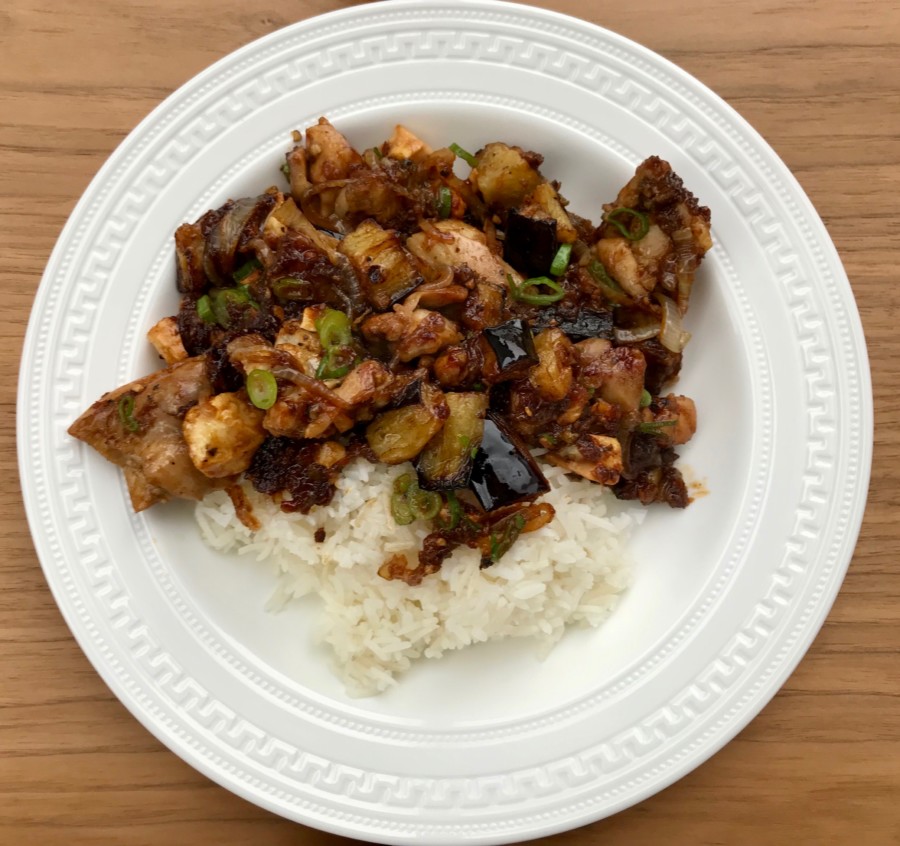the evolution of a truly great recipe

I’ve got recipe sharing on the brain. For one thing, I’ve been hard at work on Volume Two of the cookbook, which means not only converting metric measurements into Imperial and vice versa, reconstructing what I did six months ago to a batch of shortbread, but also concocting all the stories that go with each recipe. What made a particular dish rise to the status of being included in Volume Two, to be cooked over and over and tweaked to result in something truly memorable? Each recipe has its own rich history, by the time it’s on the list.
Added to this general mood, last week saw us all at the National Theatre, clutching long-awaited tickets to a panel discussion with Nigella Lawson and Yotam Ottolenghi, on the subject of ‘Identity and Food,’ or some such umbrella that basically gave these two charismatic stars of the food world constellation a chance to chat.
I had booked the tickets with the vague plan of approaching Nigella afterward to ask permission to “nick” (British for borrow) her recipe for saffron spaghetti, which Martha and Avery make to universal aplomb, and don’t vary from her methods, so permission was necessary, I thought. I had already got permission to include Yotam’s fabulous aubergine and saffron salad (directly from him, at a book signing — he actually said, “Nick away!”). But then, serendipitously, the talk turned to the very notion of “owning” a recipe, and both Nigella and Yotam were adamant that “no one owns food.” More specifically, they said, no one owns a recipe, even though intellectually we cooks feel proprietary over a dish we’ve slaved long and hard to perfect, or a particularly creative slant we’ve taken on something common. Attribute, by all means, they agreed, but don’t feel any hesitation to grab up someone’s ideas and run with them, changing as you go to suit your ideas. I felt they were speaking directly to me, and to Volume Two, which owes so much of its content to other brilliant cooks who’ve gone before me, and cooked alongside me.
With another cosmic nod to the food zeitgeist, up popped Smitten Kitchen (the effervescent Deb Perelman) on Facebook with an absolutely scrumptious-sounding recipe (nicked from Ottolenghi!) for “black pepper tofu and eggplant.” For some unknown reason, though I’ve never cooked tofu and only eaten it once (didn’t float my boat), and have often been a bit derisive about it as an ingredient, this recipe appealed to me. Deb’s fantastic comments before the recipe zeroed straight in on changing other people’s recipes. Her straightforward approach — go right ahead — was interlaced with what my attitude has always been to people’s changing my recipes: it’s absolutely up to you, but then don’t complain if you don’t like it, or it doesn’t work, because by then it’s no longer mine!
That being said, and with Nigella’s and Yotam’s (and now Deb’s) permission ringing in my ears, I bravely went out and acquired my first block of tofu. Armed with supplemental chicken thighs in case I didn’t like the tofu, and a handful of spring onions for garnish, as well as lots more garlic and ginger than the original suggestions, I went in all guns blazing. The result: truly the best Chinese‑y dish I’ve produced in simply years. This time around I couldn’t find “extra-firm” tofu and the result was a bit timid and delicate, so next time I’ll pursue the firm variety. But it wasn’t a deal breaker.
Black Pepper Tofu, Eggplant and Chicken Thighs
(serves 4)
3 + 3 +1 tbsps vegetable oil
1 medium white onion, sliced thin
1 large eggplant, trimmed and cut into 1‑inch cubes
pinch sea salt
1 block extra-firm tofu
1 tbsp cornflour/cornstarch
pinch sea salt
4 tbsps butter
6 boneless, skinless chicken thighs, trimmed of fat and each cut into quarters
6 cloves garlic, grated
1 3‑inch piece ginger, grated
4 tbsps dark soy sauce
1 tbsp brown sugar (light or dark, as you like)
2 tbsps fresh black pepper (or more)
handful spring onions, green part only, sliced very thin
Heat your oven to 220C/425F. Drizzle 3 tablespoons of the oil on a large baking sheet and place it in the oven to get really hot.
In a large heavy frying pan, place another 3 tbsps of the oil and get very hot. Add the sliced onion, reduce the heat to medium, and cook, stirring occasionally, for at least 25 minutes, or until the onions are properly browned and quite sticky. Lift out of the oil with a slotted spoon and drain on paper towels.
Meanwhile, in a large bowl, toss the cubed eggplant with the salt and further 1 tablespoon of oil. Set aside and place the tofu between two layers of two sheets of paper towel. Place a heavy plate on top and set aside for about 5 minutes, then cut the tofu into 1‑inch cubes.
When the baking sheet is really hot, take it out of the oven, scatter the eggplant across the sheet in a single layer over about 2/3 of the sheet. Toss the tofu very gently with the cornflour in the empty eggplant bowl, then scatter them in a single layer over the rest of the sheet. Roast for about 30 minutes, or until the eggplant and tofu are golden brown.
While this is happening, melt the butter in the frying pan you used for the onions, and add the chicken. Fry until you judge the chicken to be nearly cooked through, then add the garlic and ginger. Fry until the chicken is thoroughly but not overcooked, perhaps 12 minutes total from when you started the chicken. Take care not to burn the garlic. Mix the soy sauce and sugar and pour it over, then add the ground pepper, eggplant and tofu, and toss gently. Scatter over the browned onions and the spring onions.
Serve with steamed rice, if you like (we did).

